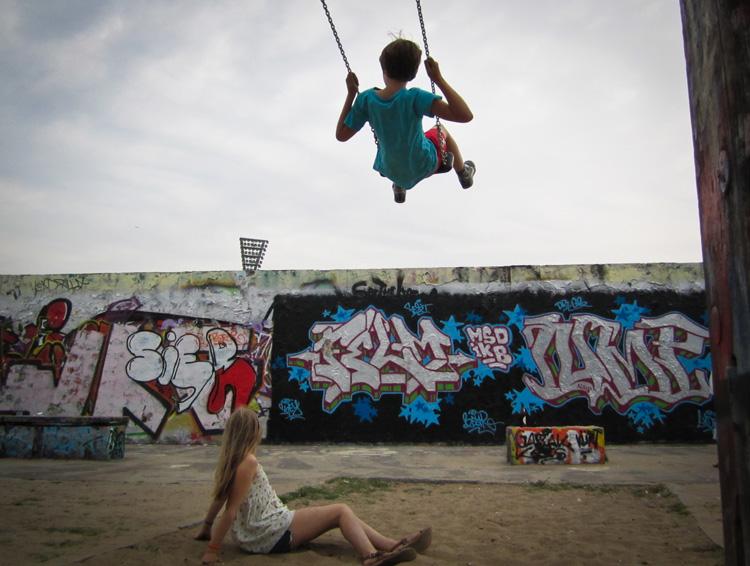BERLIN—Alice von Samson-Himmelstjerna was 13 years old when the Berlin Wall fell in November 1989.
She remembers that the street in East Berlin she lived on ended at the wall as if “there was an abyss.” The 12-foot-high concrete wall divided Berlin for almost three decades and cost more than 130 lives of those who tried to escape.
Half of her classmates did not attend school the day after East Germany opened the border since they “had better things to do.” While East Berlin’s citizens were streaming to the West with a sense of bewilderment and joy, the world witnessed a key moment in the fall of communism in Europe.
The family heated their home with coal and they had no running water in the late 1980s. The district of Mitte was a place mostly for worker-families. Samson-Himmelstjerna remembers a grey neighborhood with buildings falling apart, and many children.
Germans commonly call the process that led to the reunification in October 1990 the “Wende,” literally meaning the turning point. For many, particularly for people in the former communist East, things indeed have turned around.
Eastern Germany Today
Today, Mitte has been transformed into the modern center of the German capital, where new buildings and renovation projects abound. Sights, like the Brandenburg Gate that used to be in the death-strip are now flooded with tourists.






